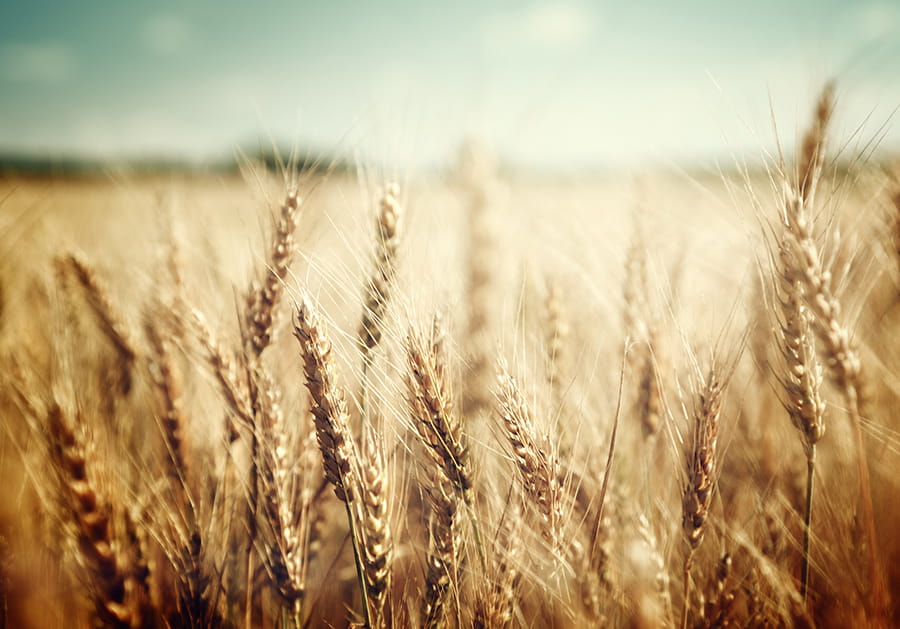Get to Know Grains: Why You Need Them, and What to Look For

Whole grains — a key feature of the American Heart Association’s dietary recommendations — can help you be healthy. Whole grains lower your risk for heart disease and stroke, support healthy digestion and reduce risk for diabetes.
Whole grains versus refined grains
- Whole grains contain the entire grain, which is made up of bran, germ and endosperm.
- Refined grains have been milled (ground into flour or meal) in a way that removes the bran and germ. This gives them a finer texture and improves their shelf life but strips the grain of important nutrients you need, including B vitamins, iron and dietary fiber. Examples include white flour, white pasta, and white rice. Refined grains are often enriched. This means some of the B vitamins and iron are added back, or enriched, after processing. While that’s good, fiber might not be added back.
Why we need whole grains
- Many whole grains are good sources of dietary fiber, which we all need. Most refined grains contain little or no fiber.
- Dietary fiber can help improve blood cholesterol levels and lower your risk of heart disease, stroke, obesity and even type 2 diabetes.
- If you’re trying to lose weight, fiber can help you feel full, which means you’ll be satisfied with fewer calories.
- Grains provide nutrients such as thiamin (vitamin B1), riboflavin (vitamin B2), niacin (vitamin B3), folate (vitamin B9), iron, magnesium and selenium. These are all important for a variety of body functions such as forming new cells, carrying oxygen in the blood, regulating the thyroid and maintaining a healthy immune system.
How to identify whole grains
Do you think you can identify whole grains by color? Think again. Bread, for example, can be brown because of molasses or other ingredients, not necessarily because it contains whole grains. This is why it’s so important to get into the habit of reading Nutrition Facts labels. For most whole grain products, you’ll see the words “whole” or “whole grain” first on the ingredient list.
Here are some whole-grain foods:
- Amaranth
- Barley
- Brown rice
- Buckwheat
- Bulgur
- Corn
- Farro
- Millet
- Oatmeal
- Oats (rolled or steel cut)
- Popcorn
- Quinoa
- Sorghum
- Spelt
- Teff
- Whole-wheat bread
- Whole-grain pasta
- Wild rice
Are you getting enough?
The AHA recommends choosing whole grains and products that contain at least 51% whole versus refined grains. Adding whole grains instead of refined grains is part of an overall healthy eating pattern. Try to get in three fiber-rich whole-grains every day. Be sure to include a variety of whole grains in your weekly eating plan.
Examples of a serving size of whole grains:
- 1 slice whole-grain bread (such as 100% whole-wheat bread)
- 1 cup ready-to-eat, whole-grain cereal
- 1⁄2 cup cooked whole-grain cereal, such as oatmeal, brown rice or whole-wheat pasta
- 5 whole-grain crackers
- 3 cups unsalted air-popped popcorn
- 1 6-inch whole-wheat tortilla








